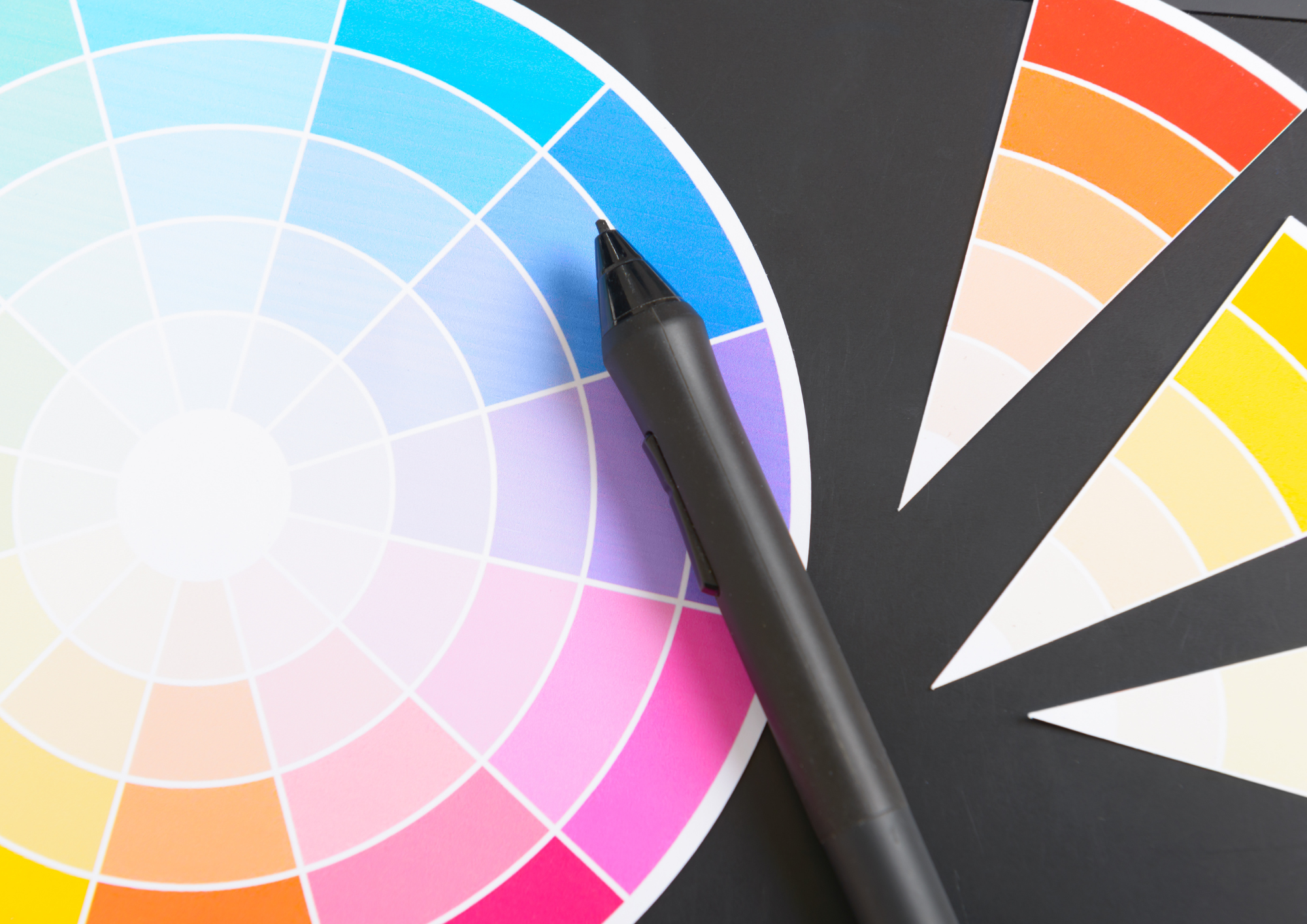Brand archetypes: more than ideas
Every brand has its own identity, whether we want it or not. Brand archetypes are psycho-socio-cultural concepts that a company can use to define and communicate its brand identity, in a way that is consistent with its values and recognisable.
These concepts are based on the 12 universal archetypes identified by the psychoanalyst Carl Gustav Jung, and each of them represents a set of traits, values, ideas, which resonate deeply in the so-called collective unconscious, that is to say that universal psychic container, that part of the unconscious human that is common to that of all other human beings.
Using an archetype to define and communicate its identity helps the company connect emotionally with the public, differentiate itself from competitors and build a brand with a coherent and consistent narrative and identity.
The 12 Archetypes
So let’s see the 12 Brand Archetypes:
1- The Ruler: represents control, leadership and nobility and is adopted by brands that want to be perceived as authoritarian, stable and reliable.
Examples: Mercedes-Benz, Rolex.
2- The Innocent: symbolizes purity, optimism and simplicity and is adopted by brands that want to evoke feelings of nostalgia for childhood, carefree happiness and genuineness.
Examples: Coca Cola, Dove.
3- The Explorer: represents adventure, discovery and independence, it is used to connect with people who seek authentic experiences, challenges and contact with nature.
Examples: The North Face, Patagonia, Jeep.
4- The Sage: represents knowledge, wisdom and intelligence, positioning brands as reliable sources of information and truth.
Examples: TED, Google.
5- The Hero: symbolizes courage, strength and determination and is typical of brands that seek to motivate and inspire their customers.
Examples: Nike, Duracell
6- The Outlaw: represents revolution, freedom and challenge to the status quo. They identify with this archetypal brand that wants to stand out from the crowd and be perceived as rebels.
Examples: Harley Davidson, Virgin
7- The Lover: archetype linked to passion, pleasure and sensuality, typical of brands that connect through the desire for beauty and love.
Examples: Victoria’s secret, Dior, Muller
8- The Creator: represents innovation, expression and creativity, promoting the importance of imagination and originality.
Examples: LEGO, Adobe
9- The Magician: linked to transformations, prodigies, bold visions for the future, typical of brands that offer enchanting experiences.
Examples: Disney, Apple
10- The Jester: symbolizes the fun and pleasure of living with a smile and is used to create a playful, fun and accessible image.
Examples: M&Ms, Ben & Jerry’s
11- The Everyman: symbolizes normality, equality, the sense of belonging and connects to the desire for simplicity, authenticity and sociability.
Examples: IKEA, Levi’s
12- The Caregiver: Represents protection and care, transmits trust and security.
Examples: Pampers, Volvo, Johnson & Johnson
How archetypes can help your business
Brand archetypes can play an essential role in the success of your business not only to define its identity but also, consequently, to build lasting relationships with the public.
Emotional connection
When a company adopts a specific archetype, in fact, it creates an emotional connection with the customer that goes beyond the mere commercial exchange, and this happens because archetypes are based on universal models of personality, values and behavior, which resonate deeply with people on a non-conscious level.
Nike, for example, which has chosen to identify and communicate through the hero archetype, does not just sell products, but tells a story of challenge, passion and victory, pushing customers to see themselves as protagonists of that narrative . Through its slogan “Just Do It”, the brand encourages people to overcome their limits, positioning itself as an ally in achieving their goals and overcoming their challenges.
In this way, an emotional connection is created which gives rise to a loyalty that goes beyond the product and establishes a deeper relationship between brand and person.
Coherence, distinction, memorability
The use of one or more archetypes can also help your brand in maintaining internal coherence. In fact, when a brand “chooses” an archetype, it is also establishing its tone of voice, its graphic style and its underlying message, which thanks to the reference to the archetype remain constant in all its communications. In this way, the brand becomes easily recognizable and memorable, and a feeling of familiarity and trust is created in the public. Consistency is essential if you want to create a strong brand identity, especially important in a competitive and saturated market like today’s, where we are bombarded by messages coming from a thousand directions simultaneously, and where maintaining attention is therefore more important than capture her.
Consider, for example, the motorcycle manufacturer Harley-Davidson. This brand uses the archetype of the Rebel, and for this reason it does not limit itself to selling motorcycles: it rather sells a lifestyle, a status symbol that represents freedom and rebellion. Its customers, consequently, are not just buying a means of transport, but an experience and an identity, a way of seeing and communicating themselves. This makes Harley-Davidson a unique brand, which could not be replaced by another that simply sells the same products, because it would lack that connection and emotional resonance that arouse interest from the public.
Furthermore, by choosing a brand archetype, you can have clear guidance for content creation and communication activities in general. This is because, when you have a detailed vision of the chosen archetype, you can develop messages and campaigns that reflect this identity, making marketing activities simpler and more effective, as they strengthen the overall image of the brand.
Conclusions
Brand archetypes, therefore, are much more than a marketing tool: they are a fundamental component of any branding process. Without an archetype, your brand could be dull, unrecognizable and unattractive, because it could convey very different messages. By choosing one (or even two) archetypes, however, you will focus on what you want to actually communicate about being yours. brand, and you will give a strong, polarized and coherent image, which will make it easier to attract the right audience.


